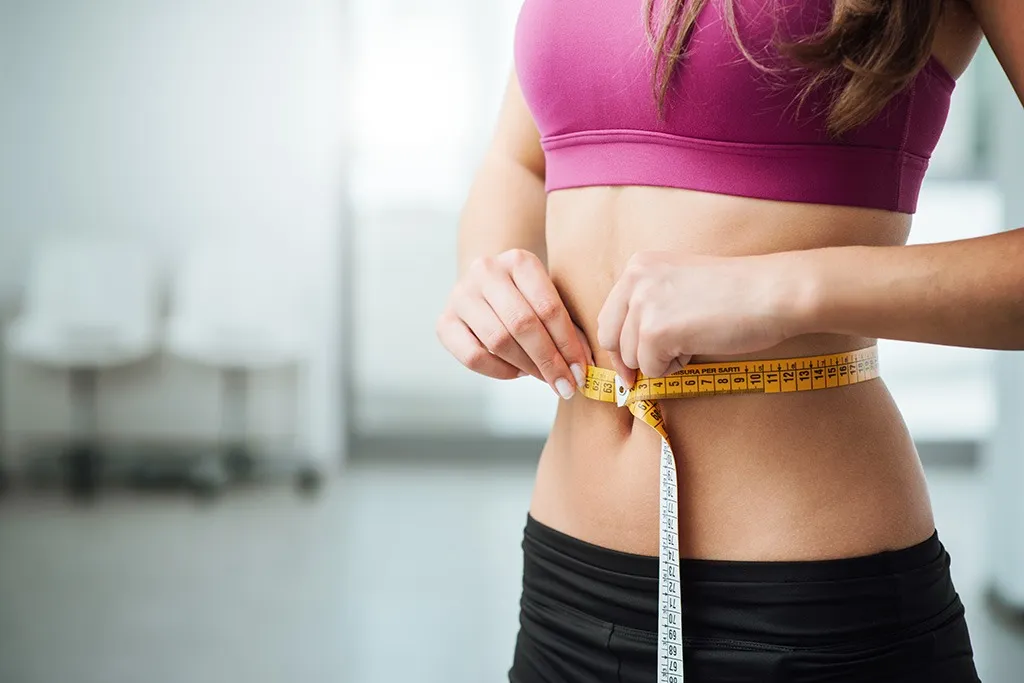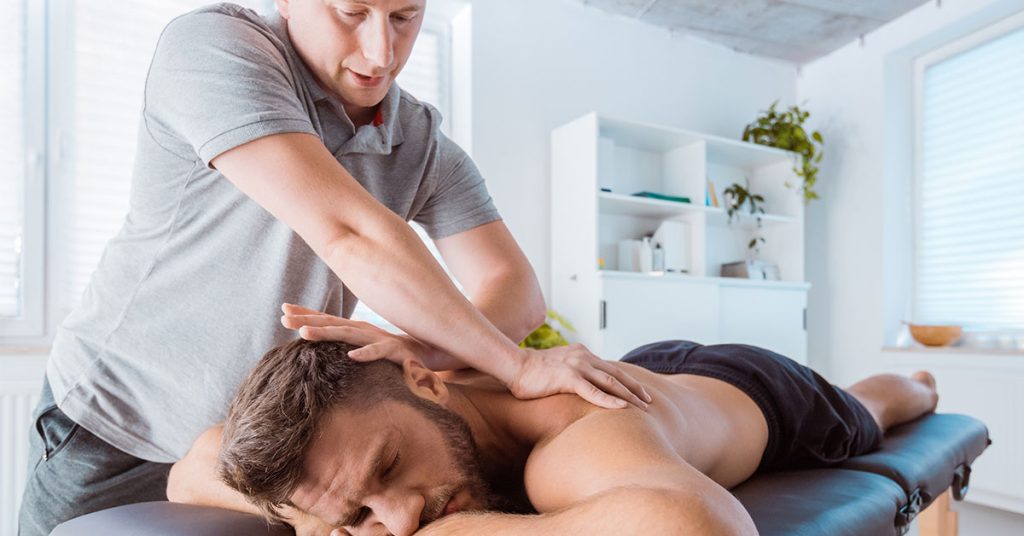In the journey toward effective weight loss management, the concept of Plate to Progress emphasizes the significance of making informed and deliberate nutrition choices. This approach advocates for a balanced diet that not only fosters weight loss but also promotes overall health and well-being. The foundation of smart nutrition choices lies in understanding the basic principles of a healthy diet, which includes a harmonious blend of macronutrients proteins, carbohydrates, and fats alongside essential vitamins and minerals. Each of these components plays a vital role in the body’s functionality, and making the right choices can enhance metabolic processes, curb hunger, and stabilize energy levels. One of the key elements of effective weight loss management is portion control. The size of our plates can greatly influence how much we eat, and understanding appropriate portion sizes is crucial. Smaller plates can help create the illusion of a fuller plate, thus encouraging individuals to consume fewer calories while still feeling satisfied.
 Additionally, filling half of the plate with non-starchy vegetables such as leafy greens, bell peppers, and zucchini provides essential nutrients while keeping calorie intake low. These vegetables are not only rich in fiber, which aids digestion and promotes satiety, but they also provide an array of vitamins and antioxidants that contribute to overall health. Incorporating lean proteins into meals is another vital strategy within the Plate to Progress framework. Foods such as chicken, turkey, fish, beans, and legumes are excellent sources of protein that help build muscle mass, which in turn boosts metabolism and try this https://www.southfloridafaceandbody.com/miami-beach/medical-weight-loss-injections/ for a reference. When combined with healthy fats from sources like avocados, nuts, and olive oil, these meals can help maintain a feeling of fullness for longer periods, reducing the likelihood of unhealthy snacking between meals. By prioritizing these food groups, individuals can create balanced meals that not only support weight loss but also provide the necessary nutrients for optimal health. Another crucial aspect of smart nutrition choice is being mindful of food quality.
Additionally, filling half of the plate with non-starchy vegetables such as leafy greens, bell peppers, and zucchini provides essential nutrients while keeping calorie intake low. These vegetables are not only rich in fiber, which aids digestion and promotes satiety, but they also provide an array of vitamins and antioxidants that contribute to overall health. Incorporating lean proteins into meals is another vital strategy within the Plate to Progress framework. Foods such as chicken, turkey, fish, beans, and legumes are excellent sources of protein that help build muscle mass, which in turn boosts metabolism and try this https://www.southfloridafaceandbody.com/miami-beach/medical-weight-loss-injections/ for a reference. When combined with healthy fats from sources like avocados, nuts, and olive oil, these meals can help maintain a feeling of fullness for longer periods, reducing the likelihood of unhealthy snacking between meals. By prioritizing these food groups, individuals can create balanced meals that not only support weight loss but also provide the necessary nutrients for optimal health. Another crucial aspect of smart nutrition choice is being mindful of food quality.
Choosing whole, minimally processed foods over refined options is essential for effective weight management. Whole grains, such as quinoa, brown rice, and oats, are rich in fiber and keep blood sugar levels stable, preventing spikes that can lead to increased hunger. Moreover, avoiding sugary beverages and snacks is fundamental, as these items often contribute empty calories without providing substantial nutrition. Instead, focusing on hydration through water, herbal teas, or infused waters can support metabolic health and aid in weight loss. Meal planning and preparation also play a significant role in promoting smart nutrition choices. By planning meals in advance, individuals can ensure they have healthy options readily available, which reduces the temptation to resort to unhealthy convenience foods. Preparing meals at home allows for greater control over ingredients, portion sizes, and cooking methods, fostering an environment where nutritious choices are not only accessible but also enjoyable. Involving family or friends in meal preparation can also create a supportive atmosphere, making healthy eating a collective effort rather than a solitary task.
A beautiful and healthy smile is more than just an aesthetic feature it is a reflection of overall well-being. Choosing a premier dentist ensures that you receive the highest level of care, whether you need routine maintenance or specialized treatments. Expert dental professionals are committed to using advanced techniques and the latest technology to provide comprehensive oral health solutions. With a focus on both function and aesthetics, a premier dentist can help you achieve a confident and radiant smile while ensuring long-term dental health. One of the key differences of expert dental care is the personalized approach. Rather than offering generic solutions, a skilled dentist takes the time to understand your unique needs, preferences, and concerns. Through detailed consultations and thorough evaluations, they create customized treatment plans designed to enhance your oral health.
Whether you require preventive care, cosmetic enhancements, or restorative procedures, a tailored approach ensures that every treatment is suited specifically to you. State-of-the-art technology plays a vital role in modern dentistry, and a top-tier dental practice invests in the latest advancements. Digital imaging, laser dentistry, and minimally invasive procedures allow for more precise diagnoses and efficient treatments. These innovations not only enhance the quality of care but also ensure a more comfortable experience for patients. From pain-free procedures to faster recovery times, Dental Crowns Houston advanced technology transforms dental visits into stress-free experiences. Beyond technical expertise, a premier dentist prioritizes patient comfort and satisfaction. A welcoming environment, friendly staff, and a compassionate approach can make all the difference in easing dental anxiety. Understanding that many patients feel apprehensive about dental visits, top professionals focus on creating a soothing atmosphere where you feel at ease.
Clear communication, gentle techniques, and sedation options further contribute to a relaxed and pleasant experience. Preventive care is a cornerstone of expert dental services, ensuring that potential issues are identified and addressed before they escalate. Regular check-ups, professional cleanings, and early intervention strategies help maintain strong teeth and gums. Education is also a fundamental part of preventive dentistry patients receive guidance on proper oral hygiene habits, nutrition, and lifestyle choices that impact dental health. By emphasizing prevention, a skilled dentist helps you avoid complex procedures and maintain a bright, healthy smile for years to come. Choosing expert dental care means investing in the long-term health and beauty of your smile. With a combination of experience, innovation, and patient-focused care, a premier dentist can transform your dental experience into one of trust and confidence. Whether you are seeking routine care or advanced procedures, the right dentist makes all the difference in achieving optimal oral health and overall well-being.
Business Trip Massage therapy is a holistic practice that offers numerous benefits for both the body and mind. For centuries, it has been regarded as a natural remedy to alleviate physical discomfort, reduce stress, and promote overall well-being. Today, Business Trip Massage therapy continues to be a popular choice for individuals seeking relief from tension, pain, and fatigue, as well as those simply looking to relax and unwind. The therapeutic touch of a skilled Business Trip Massage therapist can provide a sense of relief, helping the body to heal and rejuvenate naturally. One of the key benefits of Business Trip Massage therapy is its ability to ease muscle tension and pain. Whether caused by physical activity, poor posture, or stress, tight muscles can lead to discomfort and limit mobility. Regular Business Trip Massage sessions help to release the knots and tightness in muscles, promoting relaxation and improved circulation. This not only reduces pain but also enhances flexibility, allowing individuals to move more freely and comfortably.

In addition to its physical benefits, Business Trip Massage therapy is also known for its positive impact on mental and emotional health. The calming effect of Business Trip Massage helps to reduce stress and anxiety, promoting a sense of relaxation and peace. During a Business Trip Massage session, the body’s levels of cortisol, the stress hormone, decrease, while the production of endorphins, the body’s natural feel-good chemicals, increases. This helps to elevate mood, reduce feelings of anxiety, and improve overall emotional well-being. Regular Business Trip Massage can provide individuals with a sense of mental clarity, allowing them to better cope with the pressures of daily life. Business Trip Massage therapy also plays a crucial role in improving sleep quality. Many individuals struggle with insomnia or disrupted sleep due to stress, anxiety, or physical discomfort. By promoting relaxation and reducing muscle tension, Business Trip Massage can help the body unwind before bedtime, making it easier to fall asleep and stay asleep throughout the night.
For those looking to maintain their overall health and wellness, regular Business Trip Massage therapy can serve as an important preventive measure. It helps to improve circulation, boost the immune system, and promote detoxification by stimulating the lymphatic system. Business Trip Massage also supports better posture by addressing muscle imbalances and encouraging proper alignment. By incorporating Business Trip Massage into a regular wellness routine, individuals can enjoy long-term health benefits, including increased energy levels, better flexibility, and improved posture and visit this page. Lastly, Business Trip Massage therapy is a wonderful way to prioritize self-care and mindfulness. In today’s fast-paced world, it is easy to neglect personal well-being in the midst of busy schedules and daily responsibilities. Taking the time to schedule a Business Trip Massage can be an opportunity to focus solely on one’s own needs, allowing the mind and body to recharge.